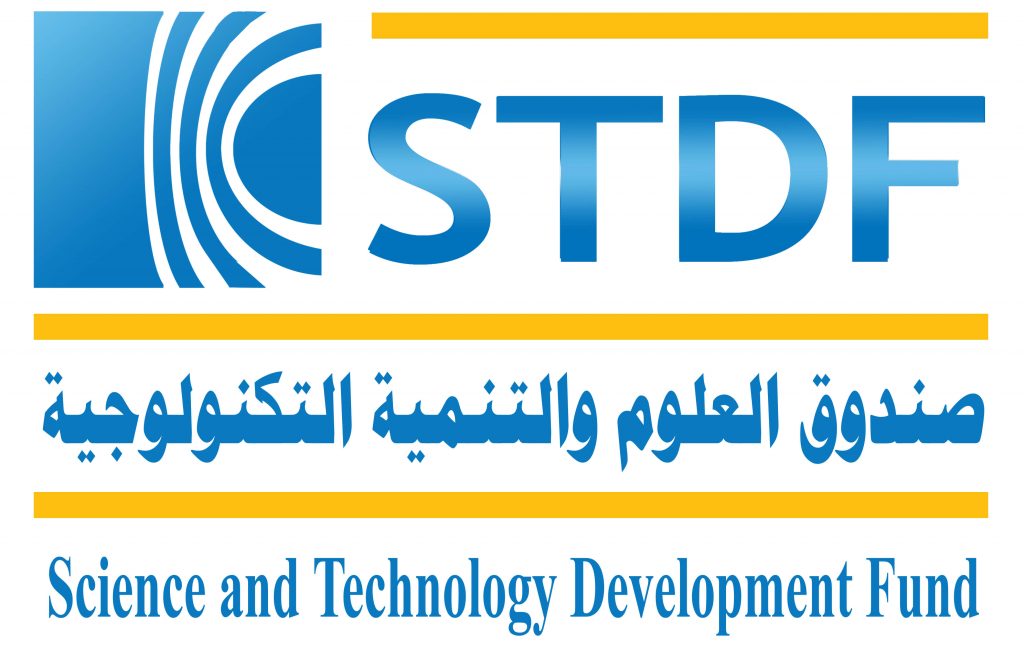Low Power 3GPP (Releases 14/15/16) NB-IoT Platform for Internet of Things Applications
Funded by Science and Technology Development Fund
(STDF)

Project Duration: Aug 2020 – Oct. 2022
Project Budget: EGP 2.0 Million
Project Industrial Partners: IP Valley Inc.
Project Executive Summary:
Internet of Things (IoT) is poised to cause a paradigm shift in the world. It is expected that there will be more than 20 billion IoT devices by 2020. IoT devices deliver low data rates, ranging from hundreds of bits per second (bps) to tens of kbits per second (kbps), with low power consumption and consequently, long lifetimes for energy-limited resources, such as batteries. However, there is a big challenge to support hundreds of thousands of devices that will be connected to a wireless network in the near future.
Therefore, a new technology should be designed and manufactured to solve this problem and support many devices with acceptable data rates. As part of 3GPP Release 13, the Narrowband – Internet of Things (NB-IoT) has been released. NB-IoT is an independent radio interface technology that is tightly connected to the long term evolution (LTE) technology. The main objectives of NB-IoT are increased coverage and capacity, low user equipment (UE) device complexity, and long battery life. NB-IoT uses efficient techniques such as power saving mode (PSM), Idle mode, extended discontinuous reception (I-eDRX) and connected mode eDRX (C-eDRX). These techniques allow the UE to economize the power consumption rates for long time duration.
In this project, we target the design and implementation of an NB-IoT system integrated with 4G LTE networks to improve the capacity and the end-to-end performance of the inter-connected devices. The proposed hybrid wireless system is expected to provide reasonable data rates with a long battery life. The overall system will be implemented using universal software radio peripheral (USRPs) and simulation tools such as GNU Radio, OpenAir Interface, and MATLAB. Two high-performance PCs running as an LTE base station (eNodeB) and LTE UE which they are connected to USRP. The physical layer will be designed around the IEEE 802.11ac and implemented using the GNU Radio/OpenAir Interface software-defined radio framework, which consists of signal processing blocks, pre-programmed in C++ and run under a unified Python-based platform. Eventually, a hardware implementation using a field-programmable gate
array (FPGA) will be adopted to replace the simulation part. The following step will be to have an application specific integrated circuit (ASIC) tape-out of the baseband NB-IoT digital processing part after complete design verification using the FPGA.
- Project Team:
